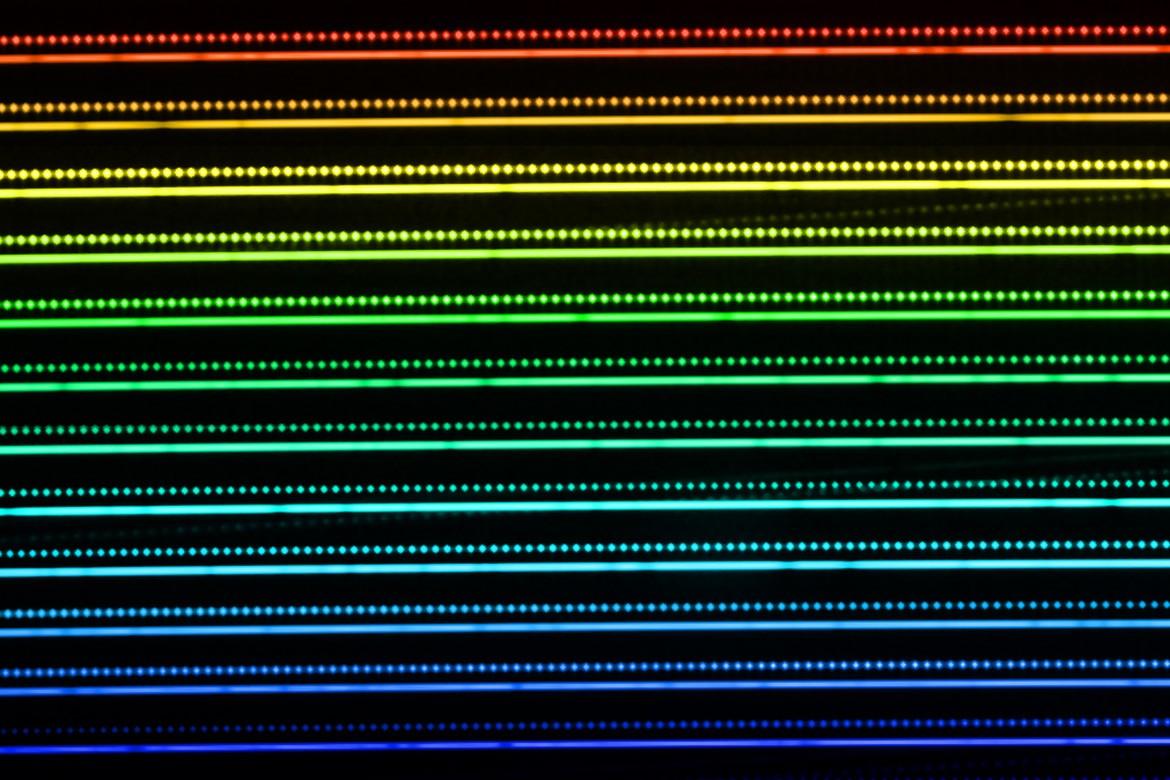ARCHAEOLOGY
Through the prism of glass beads
In the 15th century, glass beads were used as currency by European traders in West Africa. A systematic characterisation sheds light on this part of history.

Venetian glass beads were once highly prized in West Africa. | Photo: M. Truffa Giachet et al. (2025)
Objects are excellent storytellers. It’s just a question of getting them to talk. Miriam Truffa Giachet analysed nearly a thousand glass beads collected in West Africa as part of her doctorate at the University of Geneva. Her study sheds new light on the trade links between this region and Europe during the colonial era.
From the 15th century onwards, at the start of the Age of Exploration, glass beads were “massively” manufactured in Europe, in Venice and later in central and northern parts of the continent, says Truffa Giachet. These goods were exported to West Africa, where they were highly prized, because glass was considered to be an exotic material of choice. Each type of bead (monochrome, striped, with eyes, etc.) had its own value. “Some were traded for gold and skins, others for slaves”, she says.
Truffa Giachet employed a laser sampling technique to identify the raw materials used to make the glass. Then to determine the origin of the beads, the results were cross-referenced with archaeological and historical data, e.g., catalogues with samples designed by the manufacturers. “The specificity of the study lies in the large number of beads examined and its systematic nature”, she says. The database she has compiled may be of use to other researchers.




